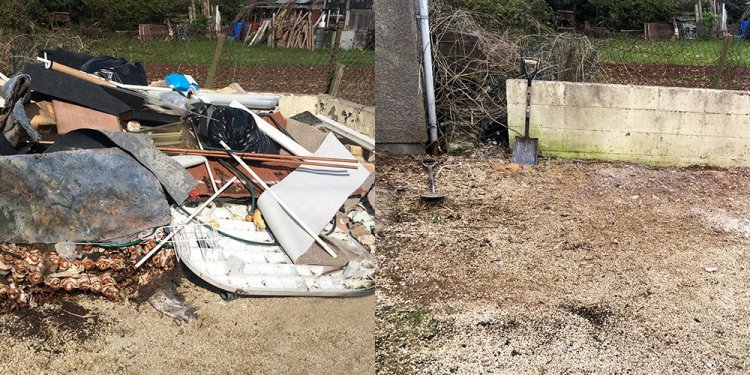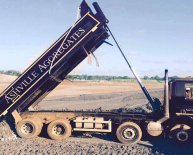September 20, 2020

Legislation on Waste Disposal
When seeking to develop public private partnerships in solid waste or waste management projects, a host country's laws and regulatory environment must be considered.
Laws and regulatory considerations for solid waste management projects may include questions of land ownership, public health, standards and accountabililty, environmental and social benefits, and other issues.
Set out below are some examples of solid waste legislation and policies from different countries:
Below are some specific examples of legislation that enabled private sector involvement in the public sector:
US Solid Waste Legislation - Solid Waste Disposal Act of 1965
- Promote better management of solid wastes.
- Support resource recovery.
- Directed that the US Public Health Service (PHS) promulgate and enforce regulations for solid waste collection, transportation, recycling, and disposal (The US EPA was not formed until 1970).
- Provided financial assistance for states to study and develop solid waste management plans.
- Provided support for research and development of improved methods of solid waste management.
Resource Recovery Act of 1970
- Directed that the nation would change its emphasis from solid waste disposal to recycling and energy recovery.
- Required the US PHS to investigate and report on the disposal of hazardous waste in the nation.
- The US EPA was formed in the interim.
- In 1973 the US EPA issued the final Report to Congress: Disposal of Hazardous Wastes.
- This was an important guidance document for the early stages of solid and hazardous waste management.
Resource Conservation and Recovery Act of 1976 (RCRA)
- Significant requirements for the control of hazardous waste storage, treatment and disposal.
- RCRA also included directives that the US EPA establish regulations to control solid waste disposal.
The Hazardous and Solid Waste Amendments of 1984 (HSWA)
- Direct the US EPA to revise criteria for landfills which receive hazardous household waste or small quantities of industrial hazardous waste.
- Require treatment of all contaminated surface water running off of landfills.
- Methods of disposing of wastewater sewage sludge at landfills are included in the Clean Water Act as amended.
- In October 1991, the US EPA promulgated regulations for municipal solid waste landfills. These regulations required groundwater protection - a bottom liner and leachate collection system.
- Leachate is liquid wastes that seep through the landfill and any precipitation or other water that comes in contact with the waste becoming contaminated. Without a landfill bottom liner this water would seep or leach into the groundwater.
- After collection the leachate must be treated prior to discharge into a waterway.
- Place restrictions on landfill locations. Landfills cannot be located:
- near airports-danger to aircraft from scavenging birds,
- in a wetland,
- in a floodplain-water contamination,
- on an earthquake fault.
- Require minimum operating procedures

















